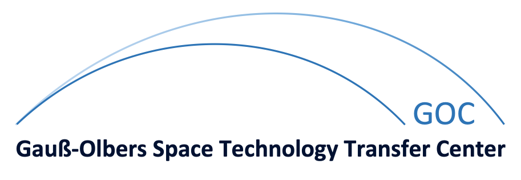Full Data Recovery after Task specific Semantic Communication
| Betreuer: | Maximilian Tillmann |
| Art der Arbeit: | Masterarbeit (MSc) |
| Arbeit beendet: | 06/2025 |
| Bearbeiter: | Avinash Kankari |
| Status: | abgeschlossen |
| ANT-Signatur: | |
| Kurzfassung: | Motivation: It is expected that the demand for larger and larger data rates will continue to rise in the coming years with applications like smart sensor networks, distributed machine learning, digital shadows/digital twins of whole production facilities, etc. With the recent advances in machine learning techniques, semantic communication has been proposed a solution to push beyond the boundaries of conventional communication systems, as semantic communication does not require the accurate recovery of all information available at the sender, but rather the recovery of the meaning that the sender wants to convey with a specific task in mind. As a example, the concept of semantic communication can outperform classical communication methods in a scenario, where each agent in a multi agent network observes some data with the goal of solving a task together. As a more specific example, in [1] each agent has one part of an image available, and the goal at the central receiver is to classify the whole image correctly. In the classical approach the image would be transmitted in its entirety, and the classification algorithm would use the received image as its input. However, it was shown that the data rate can be greatly reduced by using the semantic communication approach, where only the meaning of the content of each image part is transmitted and the classification algorithm uses only the received semantic features as its input. However, as it is in practice not guaranteed that the task may never change in the future, it is an important question to investigate to what extend the full image can be reconstructed based only on the the received semantic information about the image class. This open and interesting question shall be investigated in this master’s thesis. [1] Beck E, Bockelmann C, Dekorsy A. Semantic Information Recovery in Wireless Networks. Sensors. 2023; 23(14):6347. https://doi.org/10.3390/s23146347 Objectives: • Develop and implement a simulation model of a semantic encoder decoder structure using Deep Neural Networks • Investigate the question to which extend the original image can be reconstructed with only the semantic information about the image class available • Investigate the case where both objectives of reconstructing the whole image and of just classifying the image correctly are taken into account with different weightings during the training of the semantic communication system • Perform numeric evaluations of the developed simulation model Requirements: • Programming Skills (Python) • Basic Knowledge of Machine Learning • Information Theory Background • Being Self-Motivated and Committed For More Information: If you are interested in the topic for a master’s thesis, do not hesitate to contact me: tillmann@ant.uni-bremen.de |
Zuletzt aktualisiert am
08.07.2025
von
M. Tillmann
© Arbeitsbereich Nachrichtentechnik - Universität BremenImpressum / Kontakt







